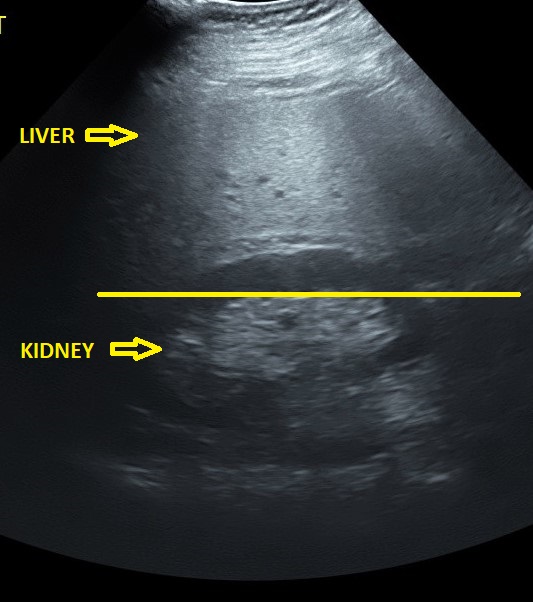
Sophia McCarthy
Operations Manager
What exactly does the liver do?
The liver is an organ weighing about 3 pounds that is located behind the right rib cage. Its job is to process nutrients from food and drink while filtering hazardous substances out of your blood. It is normal for your liver to contain a small amount of fat, but health problems can arise when there is too much.
What is Fatty Liver?
Fatty liver, otherwise medically known as hepatic steatosis, is when excess amounts of fat accumulate in the liver. Excessive amounts of fat spikes an inflammatory response, which can damage the liver and cause scarring (known medically as liver fibrosis or cirrhosis).
Symptoms of Fatty Liver
The symptoms of fatty liver can range from moderate to severe. Patients may feel tired and experience upper right abdominal pain as well as a loss of appetite. Another indicator is jaundice; yellowish skin or the whites of the eyes appearing yellow.
What causes Fatty Liver?
There are two categories of fatty liver disease: alcoholic fatty liver disease (AFLD) and nonalcoholic fatty liver disease (NAFLD).
Alcoholic Fatty Liver Disease (AFLD)
Alcoholic fatty liver disease is caused by years of excessive alcohol consumption, causing inflammation and swelling of the liver. According to Alcohol Action Ireland’s website, this disease is becoming worryingly common:
Alcoholic liver disease (AFLD) rates are increasing rapidly in Ireland and the greatest level of increase is among 15-to-34-year-olds, who historically had the lowest rates of liver disease…The rate of alcoholic liver disease discharges grew threefold between 1995 and 2013.
Prolonged AFLD can result in cirrhosis. What makes AFLD so dangerous is that damage caused by cirrhosis cannot be undone, resulting in liver failure. It is therefore crucial to spot the disease in its early stages, as the initial phase of fat accumulation can be reversed by eliminating alcohol.
Similarly, fat can also accumulate in the liver of patients who drink very little or not at all. This is diagnosed as Non Alcoholic Fatty Liver Disease (NAFLD). Left untreated, the resulting inflammation and swelling can also lead to cirrhosis.
Non Alcoholic Fatty Liver Disease (NAFLD)
While the exact cause of NAFLD is not clear as of yet, it does seem to be associated with obesity, insulin resistance, hyperglycemia and high levels of fat in the blood.
How is Fatty Liver Diagnosed?
In order to diagnose fatty liver, your doctor will usually evaluate your medical history and ask you some questions about your symptoms, diet, medications and family history. They may also perform a physical exam. If the liver is enlarged, this can sometimes be felt by the doctor when they press on the abdomen, however, if they cannot feel the enlarged liver, this still does not rule out inflammation.
Following this, your doctor may request blood tests to look for elevated liver enzymes, a common indication of fatty liver. Following this, they may request an imaging study of your liver, such as an ultrasound or FibroScan.
What does fatty liver look like on an ultrasound?
If your doctor has requested a study of your liver, we will book the appointment as an Abdominal Scan to make sure we are covering the liver and the organs surrounding it, such as the gallbladder, spleen and kidneys. These neighboring organs can provide us with valuable information relevant to the liver, as we will see below:

This is an ultrasound image of a normal liver. When visualised alongside the kidney, a normal, healthy liver should have a level of brightness equal to the kidney. Conversely, a fatty liver may appear noticeably brighter than the kidney, as evident in the image below:

You can find out more information about our Abdominal Scan here. If you would like more information on anything covered in this post, you can get in touch via info@theultrasoundsuite.ie or send us a message on our Facebook page and we will get back to you as soon as possible. Our website www.theultrasoundsuite.ie also provides a wealth of information on our various policies and procedures.
We look forward to seeing you soon!
